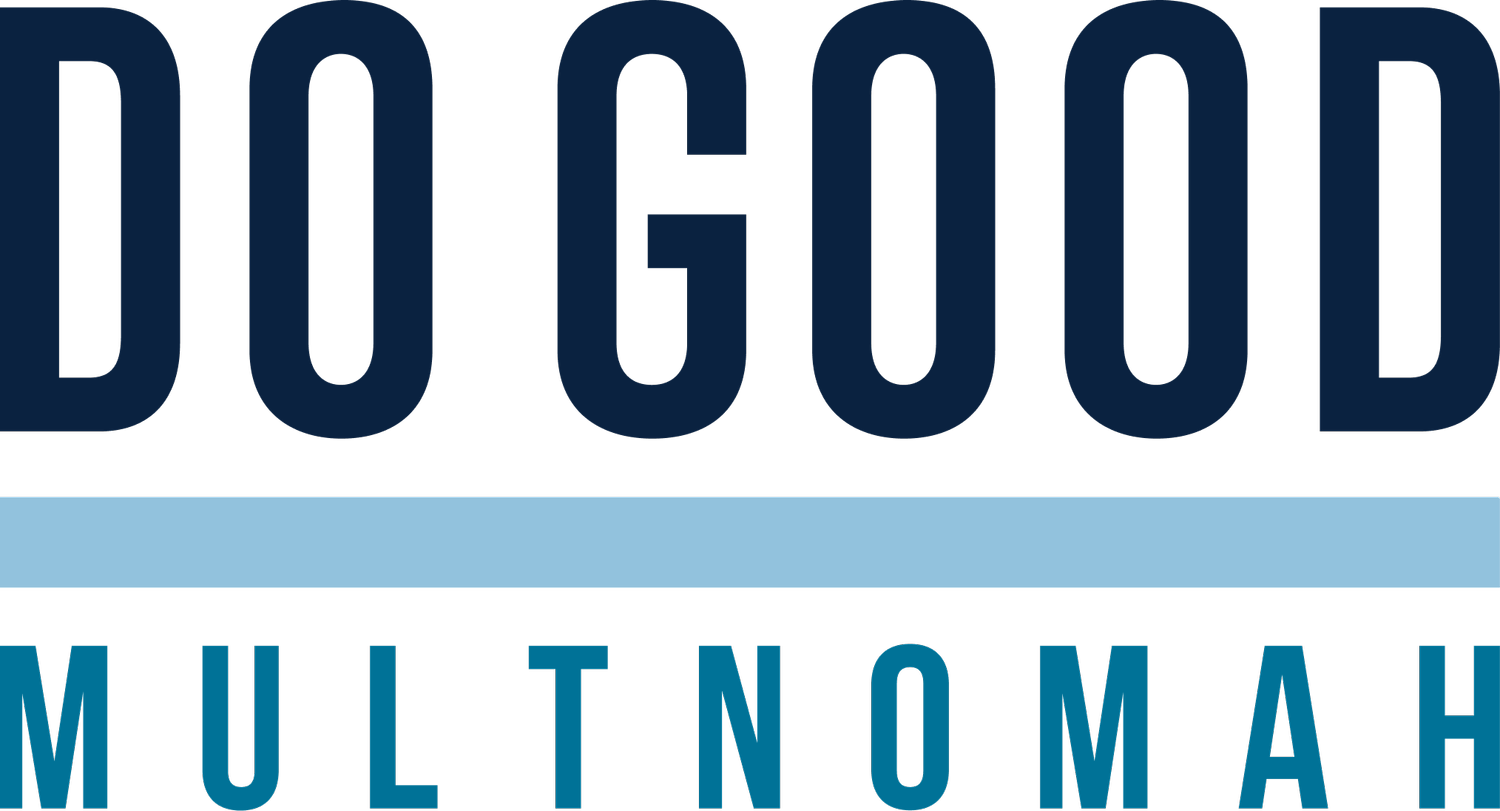Veterans & Houselessness
When folks ask us, “why Veterans?” the answer is, unfortunately, quite simple: data show us that Veterans are vastly over-represented among unhoused Americans, and while only 7% of the national population has served in the military, approximately 15% of adults in homeless shelters are Veterans. Oregon specifically has about 1,400 Veterans experiencing houselessness on any given night, and this number has increased 11%¹ in the metro area from 2019 to 2022.
Veterans are ANYWHERe FROM 2x TO 3.5x more likely to experience houselessness than civilians.
Why?
Veterans will often opt out of ”taking a spot” if another person can be served
A service member can have a variety of discharge statuses (there are 10+ categories)
If not deployed or a combat Veteran, many Vets experience a sense of “not being worthy” of benefits
Non-transferability of skills or training to civilian jobs
Lack of trust with the VA
Struggles reintegrating to society following military service
Lack of support and social isolation after discharge, including low marriage & high divorce rates
Class, race, health, and education access factors lead many individuals from marginalized demographics to enlist in military service, and the impact of these realities remain even after discharge
When we talk about underserved Veterans, we are talking about marginalized communities.
When you think of the word “Veteran,” many stereotypes might come to mind. But the reality is—military service members who experience houselessness are disproportionately made up of vulnerable and marginalized communities, including those that are Veterans of color, women-identifying, extremely-low income, and queer and trans Veterans.
43% of Veterans experiencing houselessness are people of color, compared with 18% of the general Veteran population²
Houselessness is 3x higher for transgender Veterans than cisgender Veterans³
Fear of violence, mistreatment, or assault prevent many woman-identifying or queer Veterans from staying in shelter or seeking services
There are profound impacts of institutionalized racism, sexism, and homophobia in the military, and deep scars left by Don’t Ask Don’t Tell
Understanding marginalized communities within the Veteran population is why Do Good exists. Demographics and categories of social privilege are not considered in other systems of Veteran support, such as HUD-VASH, SSVF, VRAP, etc.
At Do Good, they are at the center of our work.
Our definition of veteran
Simply stated: Veteran benefits are not available to all who have served. Many can sacrifice years of their lives in military service, and receive no support in return. In fact, because of their relationship with the VA, many of those who have served do not self-identify as a “Veteran.”
At Do Good, we’re opening the definition of what it means to be a Veteran—one day of basic training. Anyone who signed their name on the dotted line and enlisted. Length of service, discharge status, number of tours, or experience of direct combat are irrelevant.
No matter how you served, it is our honor to serve you.
Do Good is more effective because of this commitment, and it changes our impact on Portland’s homelessness crisis. We can offer support to more people because our work is rooted in understanding marginalization, systemic oppression, and discharge status. Veterans feel safer in our inclusive approach, and can therefore accept support and work towards overcoming their barriers to housing.
Veteran-Specific
Do Good’s vision is to be intentional as we serve Veterans within the scope of Portland’s houselessness crisis.
We have a portfolio of Veteran-Specific programs, most of which serve Veterans exclusively. These communities benefit from their strong sense of Veteran culture, building camaraderie, safety, and trust.
These programs include our Wy’East shelter, the Veteran GPD program, Veterans Village tiny home community, and Permanent Supportive Housing Programs such as Findley Commons, Clayton Mohr, The Paul Knauls Building, and Portsmouth Commons.
Veteran-Preference
The remainder of our programs are Veteran-preference, where we have a goal of a 15% Veteran participation rate. That number is representative of the Veteran need in the community, as evidence suggests approximately 15% of individuals experiencing homelessness have served in the military.
This number is deliberate: as a leader in Portland’s homeless services providers, our work matches the needs of the unhoused community. In our Veteran-preference shelters, we reserve a dedicated number of beds for Veterans, but without taking away from the need of the full community.
This commitment allows us to effectively serve Oregon’s unhoused community while sufficiently meeting the needs of both the Veteran and civilian population.



